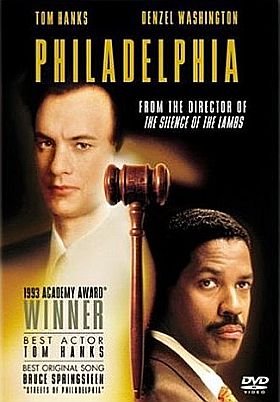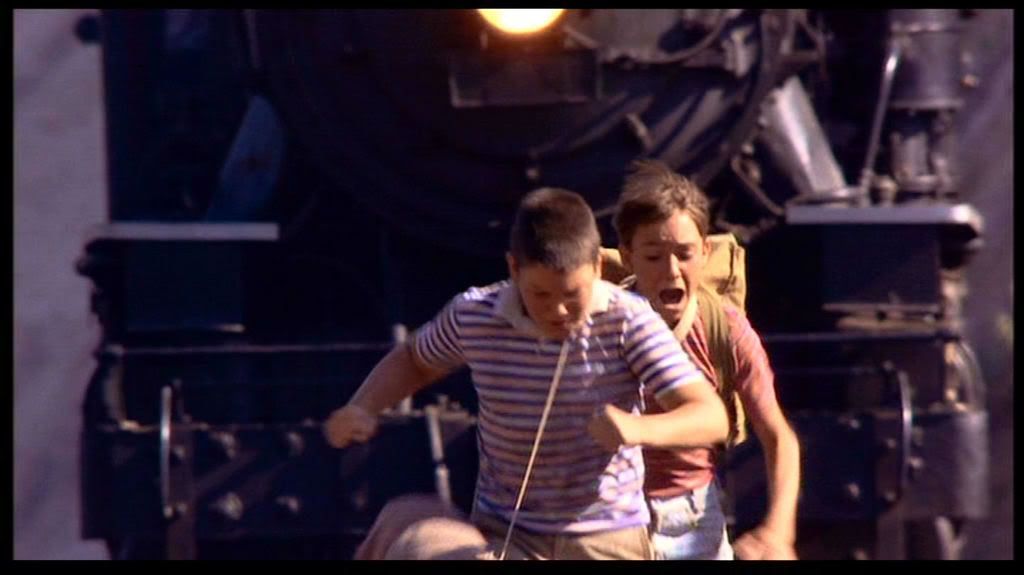Dir. Peter Farrelly, Robert
Farrelly
Starring: Jim Carrey, Renee
Zellwegger, Chris Cooper, Robert Forster
I really enjoyed the Farrelly
Brothers’ 1998 comedy There’s Something
About Mary. I thought it was well-scripted, well-cast and – most
importantly – funny. I had one one reservation about it: Mary’s brother with
the learning problems. I thought it was a very cringeworthy depiction that did
not need to be included. It just seemed gratuitously offensive to people with learning difficulties.
So Imagine my joy when I turned
to their 2000 offering Me, Myself &
Irene. A comedy about a man suffering from a split personality starring Jim
Carrey! Something immediately told me that this was not going to be a sensitive
portrayal of mental illness.
You know what? I was right.
Carrey plays Charlie Baileygates, a State Trooper belonging to “the greatest police force in the land”:
the Rhode Island Police Department. Having failed to effectively process the
emotions created when his newlywed wife (Traylor Howard) absconds with their
midget wedding chauffeur (Tony Cox) leaving him alone to raise their black triplets
he has become so meek and unconfrontational that it is a wonder he still has a
job. He cannot even get a little girl to stop skipping rope in the middle of
the road. And then one day he cracks. He develops “advanced delusionary schizophrenia with involuntary narcissistic rage.”
What this means in practice is that a new personality, calling himself Hank
Evans, comes to the fore and starts confronting people left right and centre.
Hank is a composite of all the negativity than Charlie has repressed all those
years. And somehow the take-no-shit Hank is seen as more of a liability to the
department. So Charlie is given one last easy job before he can be eased out of
the police force. He is to escort a young woman named Irene (Renee Zellwegger)
back to upstate New York
Of course, Irene didn’t do it.
She had however worked for (and dated) a country club owner who, somehow, was
mixed up in some unspecified criminality. Whatever he did it must have been
pretty bad because he now has a corrupt detective (Chris Cooper from The Horse Whisperer) and Environmental
Protection Agent (Richard Jenkins who played newspaper editor Clyde in The Witches of Eastwick) out to silence
her. She escapes their clutches and goes on the run with Charlie / Hank
(without his pills his personality keeps flipping between the ineffectual but
nice Charlie and the tough and maleveolent Hank). These forces pursue them from
New York , down through Vermont
and back to Rhode Island
Me, Myself & Irene is not a gross-out comedy. It’s just a
stupid comedy. The plot (a cross-country chase pursued by corrupt cops) is
derivative. Many of the scenes are fairly pointless - the injured cow in the
road en route to Messina, for example, or the character of Whitey the albino (Michael
Bowman). An example of the sample humour is the line “Will someone please get this chicken out of my ass?” You wouldn’t
get that in a Martin Scorsese! For such a flimsy film I’m having trouble
working out how the directors stretched it to 1hr 50mins. There is an annoying
folksy homespun narrator and a really bizarre one-line cameo by Anna Kournakova.
Renee Zellwegger is absolutely wasted. She can do comedy, but here all she can
do is stand there and be upstaged by Jim Carrey.
 |
| Despite Bart's advice Charlie did decide to have a cow (man) |
Because this is Jim Carrey’s
film. If you like his trademark ‘zany’ physical goofing you will love Me, Myself & Irene. He does lots of
it. Basically, it is a rehash of The Mask:
meek inoffensive nobody turns into a superhero. He does well at creating these
two distinct personas, voices and mannerisms and all; so much so that he can
actually have an argument / fight between Charlie and Hank towards the end of
the film and make it comprehensible. It is a wonderful bit of physical comedy.
A brave bit too – he throws himself out of a moving car. While disappointed
with the movie I can state wholeheartedly that Carrey’s performance is
breathtaking. No one else could have carried off the funny faces, silly voices
and physicality of the role(s) to anything like so high a level. Other comedy
is provided by his three squabbling and foul-mouthed genius kids (“Man, how the hell can they call Pluto a
planet? No motherfuckin’ planet has an elliptical orbit. That shit don’t make
no sense!” “Shit yeah man, look, you keep fuckin’ around you gonna get yo’
scholarship to Yale taken away from you. Be stuck up there at Stanford with all
those sling-blade mutherfuckers.” “Shit mutherfucker, you be lucky to get
accepted to Duke, getting’ a 1430 on yo’ SATs.”)
It’s one of those movies where I
have the unmistakeable feeling that someone thought up the name, and then had
to come up with a film to match it. It is a passable way to pass some time but
certainly not one people should be clamouring to see. Unless you are one of
those aforementioned Jim Carrey fans.
What have I learnt about Rhode
Island?
Rhode Island is small and it
knows it. It seems to be proud of its status as ‘The Biggest Little State in the Country’. I get the feeling that
it is seen as a bit of a joke to the rest of the US however. One of its state
troopers is expected to escort someone suspected of a hit and run all the way
over to upstate New York. I get the feeling that officials of other states look
down somewhat on Rhode Island. The brown uniform and jodhpurs get-up of the
state troopers (who look like Mounties) probably doesn’t help.
However, it does look like prime
holiday territory, with marinas and campervans dotted around its coast. There
are seaside parks and views of the sunlight sparkling on the ocean. It doesn’t
look bad as a destination at all!
Can we go there?
The film – or at least the first
thirty minutes or so – is set in southern Rhode Island. We see Charlie riding
his motorbike across the Pell Bridge which connects Jamestown to Newport. He
got married at St. John’s Episcopal Chuch in Newport. His house was located on
Mollusk Drive in Galilee in the very south of the state. The barbershop, where Hank parks the
car, is located on Main Street in Jamestown.
However, the bulk of the action
actually takes place in north-west Vermont. The cow-shooting scene takes place
near Johnson. Hank gets tasered outside the Addison Four Corners Store (which was supposed to be in Massena, New
York). Charlie, Irene and Whitey take the car ferry across Lake Champlain. The Ben & Jerry’s ice cream farm
is in Waterbury and can be toured – whoopee! The
‘Providence’ train station scene was filmed in Burlington and the ‘South County’
train station (which, likewise, was supposed to be in Rhode Island) was filmed
in nearby Essex Junction; the train presumably just shuttled back and forth along this short
stretch of line. Even the final scene on the bridge over the river was actually
shot in Middlebury. The Farrellys may like to give their movies a Rhode Island twist,
but it seems as though Vermont just gives better tax breaks to film-makers…
Overall rating: 2/5













